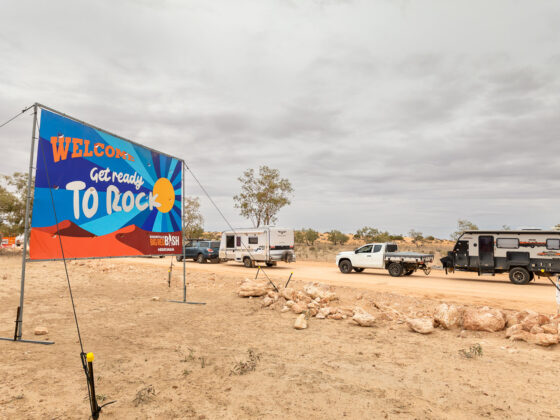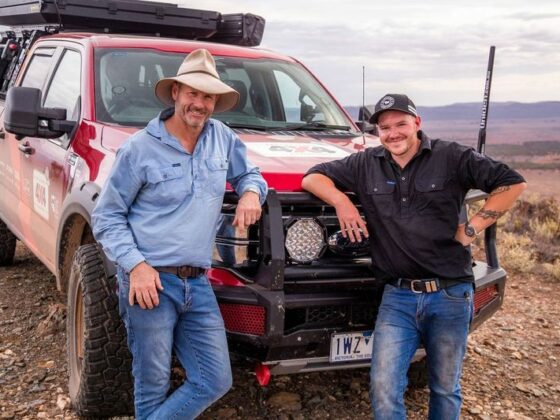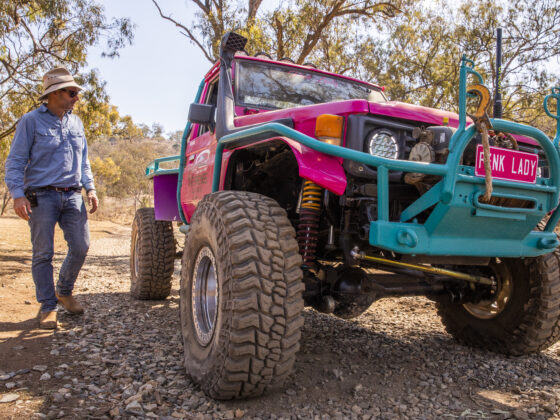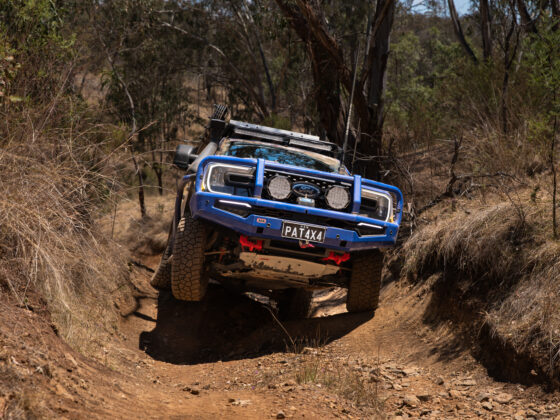It doesn’t take a new vehicle guru to see there’s been a seismic shift in the new 4X4 market over the last few decades. Increasing demands from consumers and pressure from governments for improvements in fuel consumption and emissions has drastically altered what a new vehicle is, and as of late, how much a new vehicle costs. In the heart of the debate is the Albanese government’s proposed New Vehicle Efficiency Standard (NVES), set to roll out next year, stirring the pot among carmakers, industry buffs, and the 4X4 community. The government’s lips are sealed on the modelling that forecasts potential car price hikes, citing public interest immunity because it involves cabinet deliberations and future market sensitivities. They argue that releasing this data might skew the market, especially around the NVES’s credit trading mechanism, but this has only fueled speculation and concern among stakeholders. Depending on who you ask, this is either completely reasonable or completely outrageous.
What’s on the Line?
The Federal Chamber of Automotive Industries (FCAI) and some vocal senators are sounding the alarm, suggesting we could see price surges up to $13,000 for beloved rigs like utes and 4X4 wagons. This is not small change, especially for enthusiasts who live and breathe the 4×4 lifestyle. The government, however, holds its ground, claiming the NVES will not tweak the price tags or availability of these Aussie icons.
Energy Minister Chris Bowen and Infrastructure Minister Catherine King are optimistic, pointing to a future where Australians don’t have to compromise on their vehicle choice. Yet, the refusal to disclose the modelling has raised eyebrows and questions about transparency.
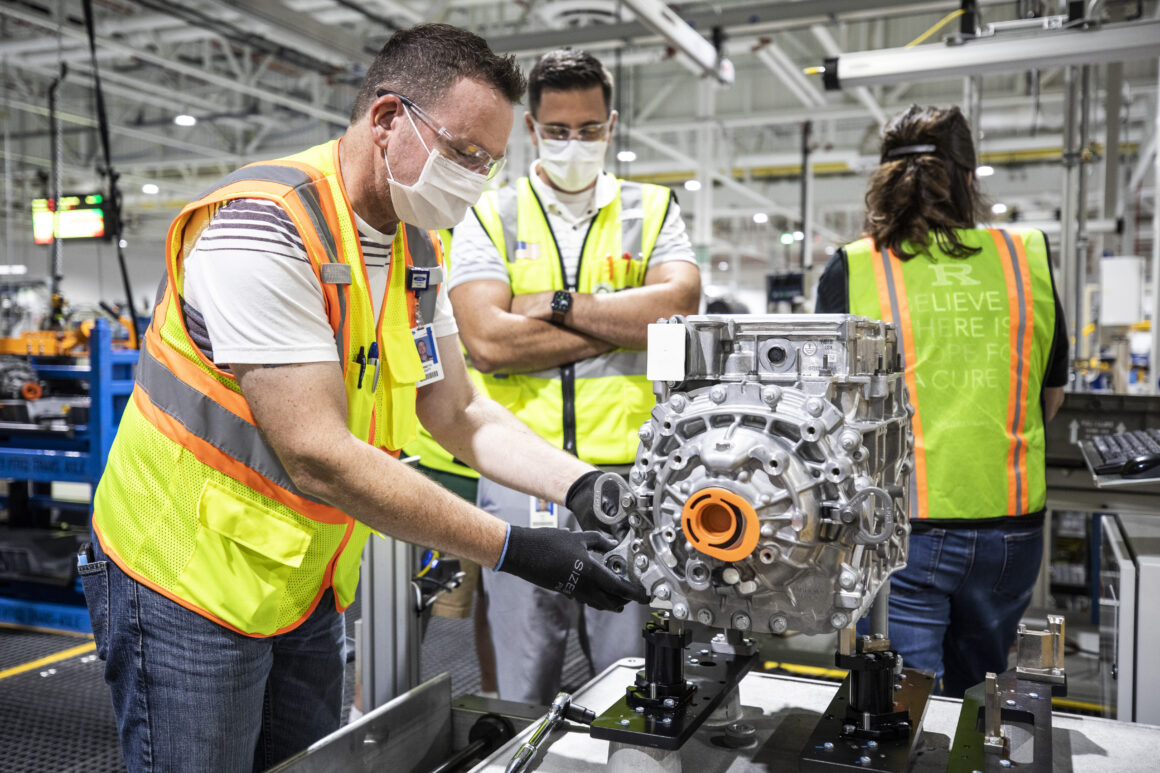
The Cost of Going Green
Under the NVES, the aim is to slash emissions by penalizing vehicles that don’t meet the new CO2 targets, pushing manufacturers to pivot towards zero and low-emission models like the upcoming Ranger Plug-In Hybrid and the F-150 Lightning. This shift could potentially reshape the market landscape, nudging consumers towards electric vehicles (EVs) or more fuel-efficient alternatives.
For the 4X4 and ute aficionados, this raises concerns about the future cost of ownership and the practicality of these vehicles under the new standards. Critics argue that the added cost of compliance could make these vehicles pricier and possibly less accessible for the average Joe who relies on their ute for work, off-road adventures, or simply as a lifestyle choice.
Industry Reactions: A Mixed Bag
There’s been a spectrum of reactions from the automotive industry, with some executives voicing apprehension over the feasibility of meeting these ambitious emission reduction targets. There’s a consensus that, while reducing carbon emissions is a noble goal, the path to get there shouldn’t sideline consumers’ needs or preferences. A growing trend away from small sedans and hatchbacks of yesteryear towards larger SUVs and utes will make it a difficult task.
Some manufacturers have expressed support for the initiative but emphasize the importance of a balanced approach that doesn’t leave car buyers behind or limit their choices to vehicles that don’t fit their lifestyle or budget.
Understanding the New Vehicle Efficiency Standard (NVES)
At its core, the NVES is a government initiative aimed at reducing carbon emissions from new vehicles sold in Australia. The idea is to encourage car manufacturers to develop and sell vehicles that are more fuel-efficient and emit less CO2. This isn’t just about electric vehicles (EVs); it also includes hybrids and any technology that can shave off those emissions. The standard sets specific CO2 emission targets that gradually become stricter over time, pushing the automotive industry towards greener solutions.
The NVES is designed to align with global efforts to combat climate change by making the vehicles on our roads cleaner and more efficient. It’s part of a broader strategy to meet international emission reduction commitments.
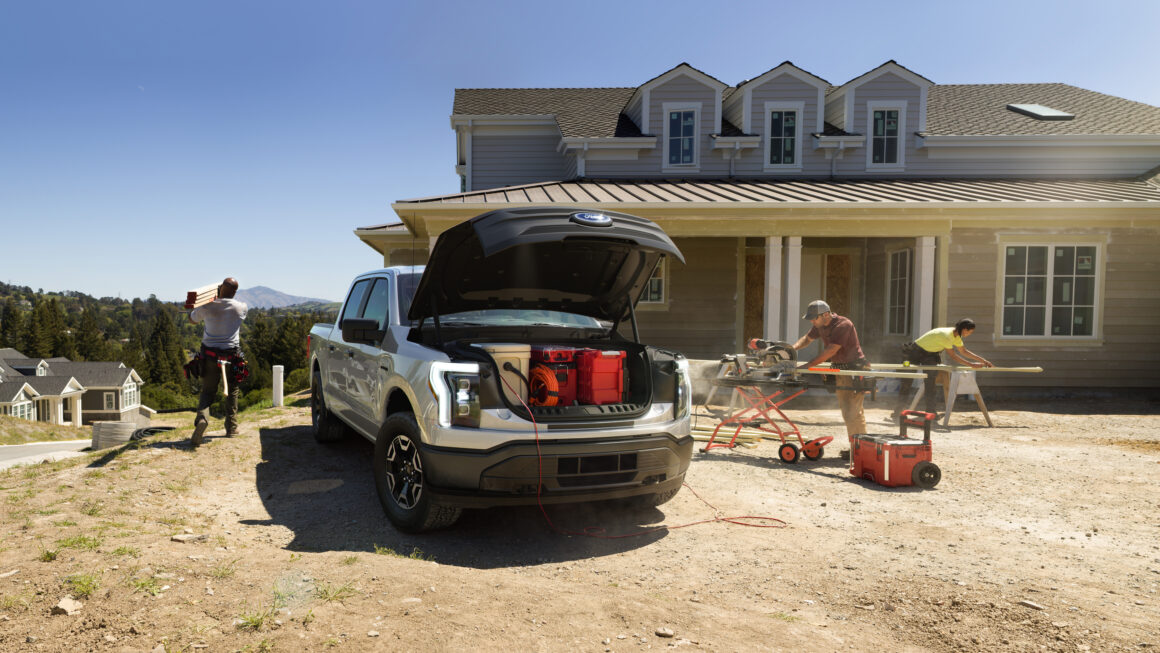
How the NVES Could Drive Up Vehicle Costs
Now, onto the meaty bit – why this might mean shelling out more dough for a new ride. There are a few key reasons:
- Compliance Costs: To meet the NVES targets, manufacturers will need to invest in new technologies and redesign vehicles to be more fuel-efficient. If the current lineup can’t meet these standards it could mean developing new engines, incorporating electric drivetrains, or using lightweight materials. In defence of the industry, many of these are features that customers have been demanding for decades. State-side the hybrid F-150 with its electric drivetrain and all-aluminium body uses less than 10L/100km while boasting 430hp and 770Nm. These innovations aren’t cheap though, and those costs could trickle down to the buyer.
- Penalties for Non-Compliance: If a car brand’s fleet doesn’t meet the set emission targets, they could face hefty fines. This risk of financial penalties might lead manufacturers to increase vehicle prices to cover potential fines or the cost of buying emissions credits from other companies that have a surplus. When a similar initiative was introduced in the U.S. in the 70s Rolls Royce famously gave a free Mini to every buyer to avoid the fines.
- Shift in Market Dynamics: The NVES encourages a move towards EVs and other low-emission vehicles. While this is great for the environment, the current reality is that EVs and advanced hybrids often cost more than their conventional counterparts. As the demand for these vehicles increases, and if supply doesn’t keep up, prices could surge. Plus, the infrastructure for EVs (like charging stations) is still catching up, adding another layer of complexity and cost.
- Cost of Innovation: Transitioning to more sophisticated drivetrains that offer better fuel efficiency or lower emissions might mean vehicles are more expensive to design, manufacture, and maintain. This innovation cost, at least in the short term, could make new 4X4s and SUVs pricier.
- Market Sensitivities: The government’s reluctance to release the NVES modelling stems from concerns about influencing market behaviour prematurely. Speculation about future costs and regulations can lead to immediate price adjustments, as manufacturers and dealers anticipate the impact of the standards.
In the Driver’s Seat
For the 4X4 community, the NVES represents a crossroads. On one path, embracing new technologies and efficiencies could lead to a more sustainable and innovative automotive landscape. On the other, there’s apprehension about the immediate impact on vehicle costs and the practical aspects of transitioning to greener alternatives without losing the rugged charm and capability of traditional 4X4s.
Navigating this shift will require a concerted effort from all sides – government, industry, and consumers – to ensure that the journey towards a greener future doesn’t leave the 4X4 culture in the rearview mirror.







